How Can Students Avoid Plagiarism While Writing Their Assignments?
5 min read
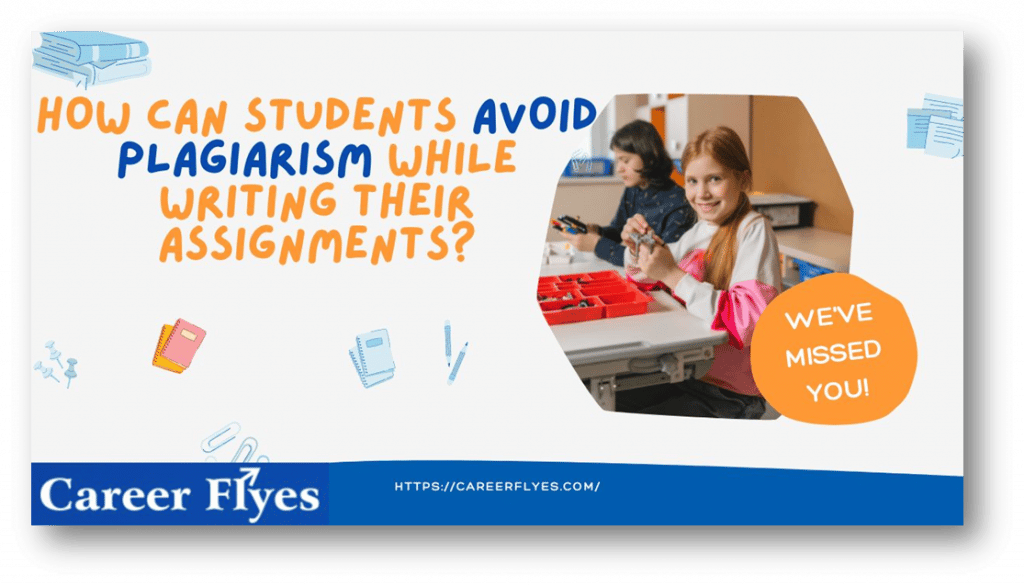
Plagiarism is the utilization of another person’s words or thoughts without appropriately crediting the first creator. It can also be known as stealing.
In some cases, burglary includes purposefully taking somebody’s work, yet more frequently it is done indiscreetly or through forgetfulness.
While writing an assignment or composing a scholarly paper, you utilize various hotspots for data and proofs dependent or crafted by others. To keep away from robbery, you have to incorporate these assets appropriately in your source.
How Can Students Avoid Plagiarism While Writing Their Assignments
Either manually or with the help of tools, you can avoid plagiarism in your assignments. We will discuss some of them below.
1. Using Your Own Words
One of the ways to make your content free of plagiarism is by using your own words. Presenting your thoughts and ideas show your creativity and uniqueness.
Utilization of your own words not only aids in the reduction of plagiarism but also results in the production of new and mind-boggling content. Moreover, it broadens the vision of a person and enhances his thinking capabilities.
2. Keep Track of Your Resources
As you do your research and take notes for the assignments, make sure to record the wellspring of each snippet of data. One approach, to burglarizing understudies is, to overlook where the thoughts originated and intentionally presented it as your own.
You can do without much of a stretch evade this peril by sorting out your notes and accumulating a rundown of your references.
Monitor all the assets you think of, and incorporate books and dairy articles just as sites, magazines, articles, and recordings. At this point, you can undoubtedly return and check where you found a sentence, certainty, or thoughts you need to use in your assignment.
Adding proper citations and references at the end of your content reduces the percentage of plagiarism. Citations simply mean giving credit to the actual author.
Each citation in the content must match the full reference in the reference list or the book index towards the finish of your assignment.
It clarifies precisely where the data originated from and permits your user to discover the source themselves.
There are many statement styles, and each has its arrangement of rules for citing.
The most widely recognized are:
- APA
- MLA
- Chicago style
The main thing is to apply a style reliably all through the content. These citations can be added manually, or you can also use a citation generator for this purpose. Using this tool will save time and will increase the rate of production.
Ø APA Style
In this style of added citation, the last name of the author and the date of publication should be included in the content.
For example
(Thomas, 2002)
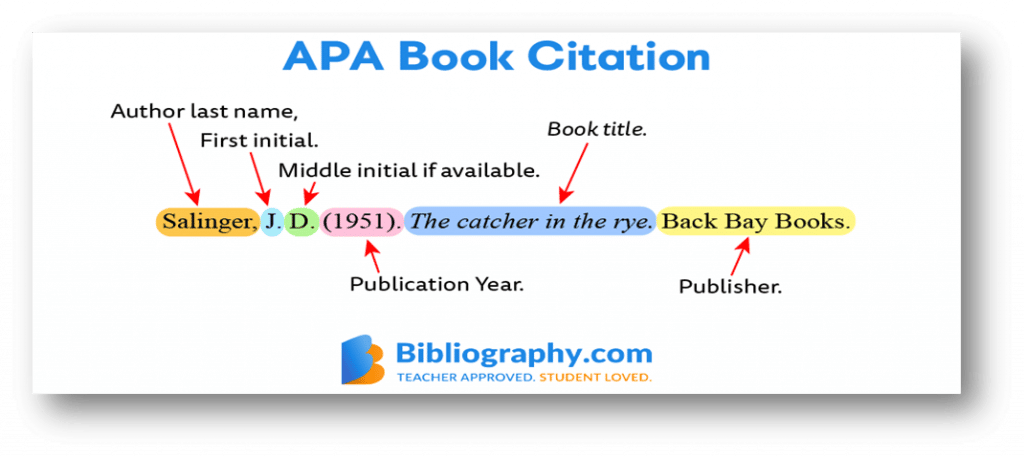
Ø Chicago Style
This style of citation includes the last name of the author, publish year, and number of pages
For example: (John 2004, 70).
Ø MLA Style of Citation
The last name of the author, his first name, the title of the content, page number and the date of publication is added while adding the MLA style of citation.
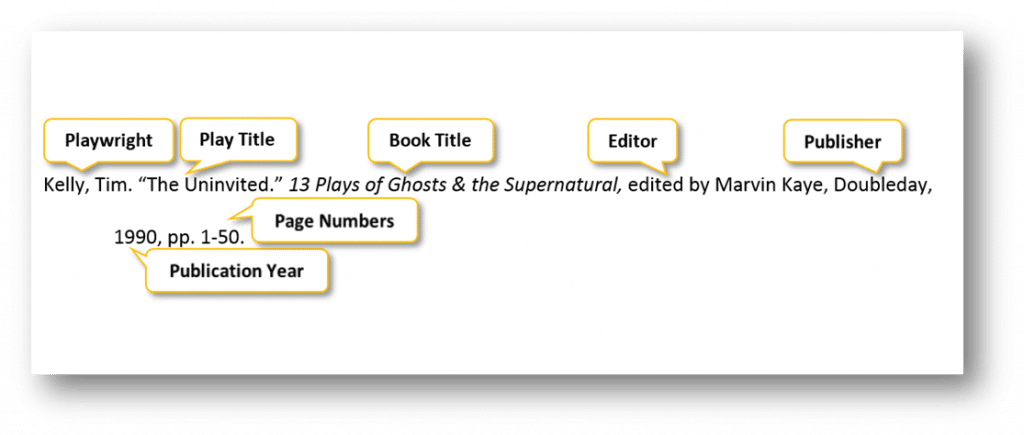
3. Add Quotation Marks
Quite often it happens that while working on a certain topic it becomes difficult to change the original words.
But using the actual words counts as plagiarism and is coated as copying another person’s data.
Thus, to solve this issue and to avoid plagiarism while using the actual words, quotation marks are added along with the citation.
These marks show that the relevant information is taken from somewhere else and is not your thought.
This problem occurs many times especially when we need to define something because we can’t change the words else, the meaning of the content will also be changed, so we have to use or copy the definitions as it is.
Hence, when writing your assignment if you want to share an idea or information from a source, you should quote it properly and attribute it correctly to the original author.
4. Use a Paraphrasing Tool
Besides doing work manually, there are many tools with the help of which you can do your work easily and in a few seconds.
One of the tools to avoid plagiarism in your content is the paraphrasing tool.
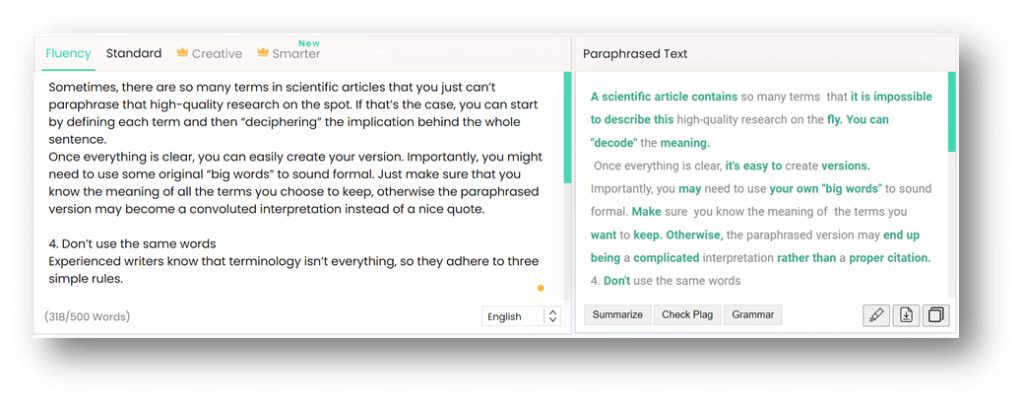
Using your own words to describe something from the source is known as paraphrasing. In paraphrased version, the author’s main point is redesigned and evaporated. The order and syntax of the information are changed.
In case of plagiarism, although the text is not the same or many of the same phrases are used and the information is presented in the same order.
To avoid spoofing, you need to paraphrase to make sure that your text doesn’t resemble the original one.
This work can be done with the help of a paraphrasing tool. In this tool, you just need to add the data and click on the button and your whole text will be paraphrased.
This tool rewrites your works by changing the words with their synonyms and keeping the meaning as it is.
5. Use a Plagiarism Checker
Before submitting your assignments or any other work, you should always check your percentage of plagiarism. For this purpose, you can take help from a plagiarism checker.
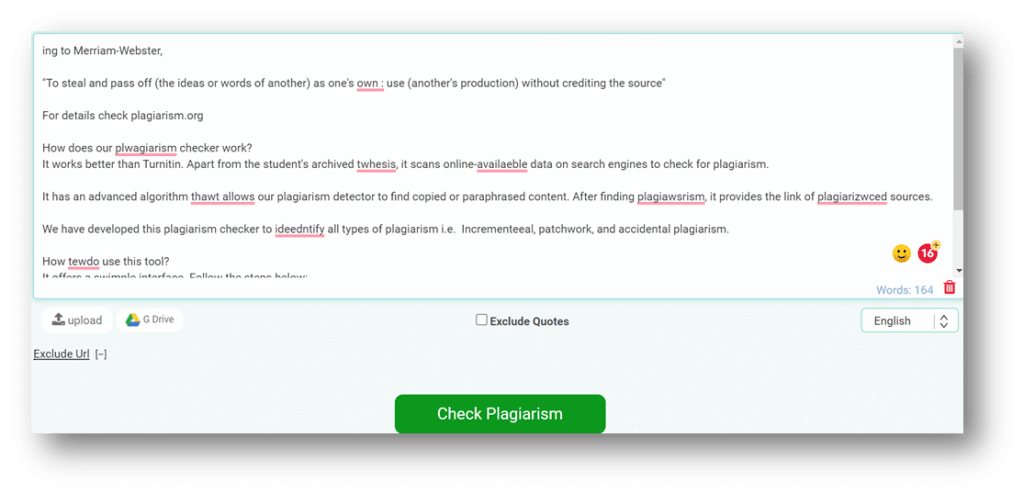
This tool was designed to help you eradicate all the copied stuff present in your work while telling you the percentage of plagiarized content.

This tool will figure out all the lines, sentences, and even words that someone has copied intentionally or accidentally. Because usually, it happens that while going through different websites, we unintentionally start using the same words which be counted as plagiarism.
For this purpose, a plagiarism checker is the best tool that will tell you the percentage number. But keep in mind that this tool will only tell you about the percentage and will not remove it.
Once you get to know about the number, you can easily remove it with the help of different ways, either manually or with the help of tools.
Conclusion
Above mentioned data shows what plagiarism is and what are ways with the help of which you can avoid plagiarism in your assignments.






